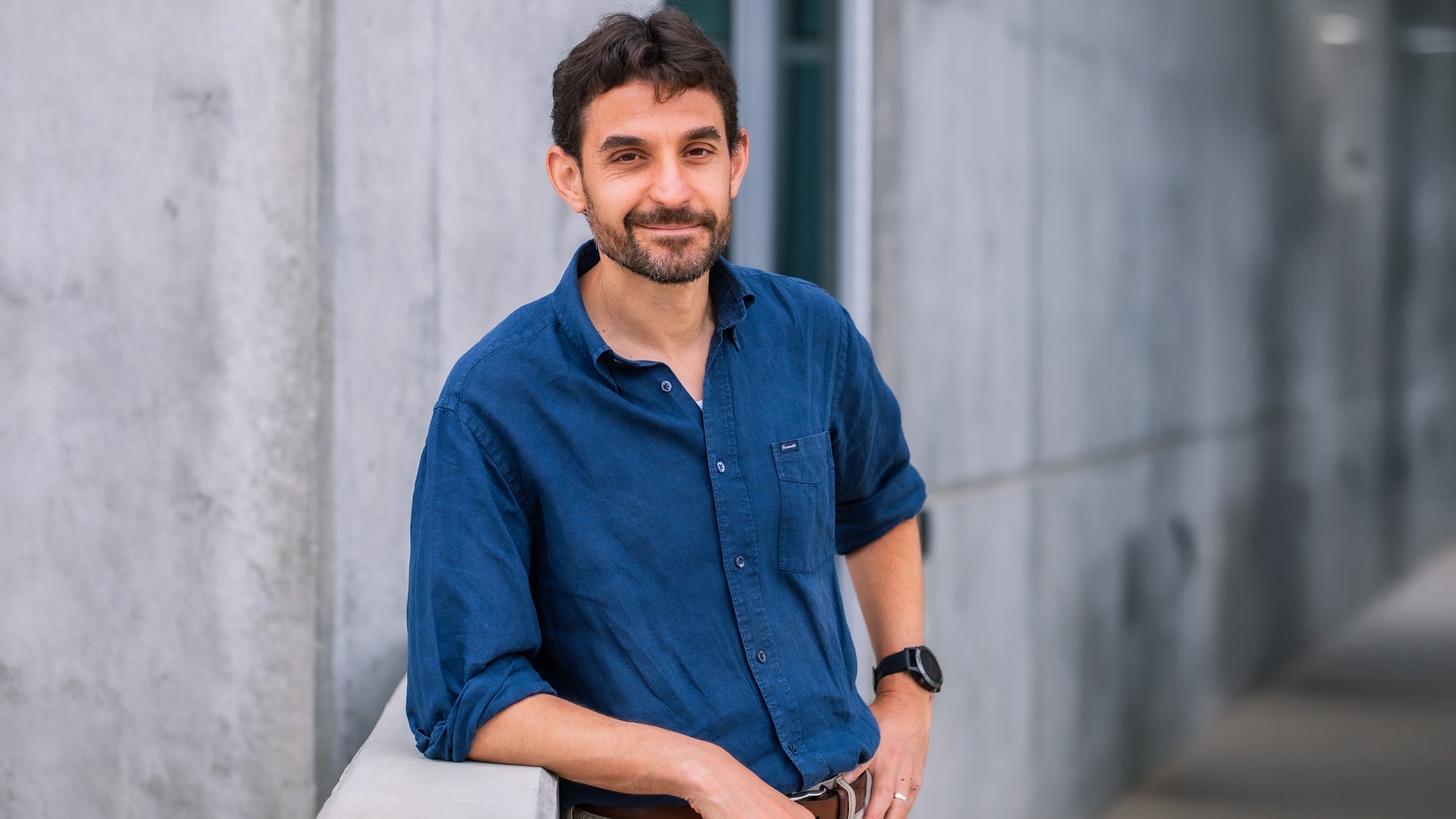

Twenty years ago, the oil tanker Exxon Valdez was exiting Alaska's Prince William Sound when it struck a reef in the middle of the night. What happened next is considered one of the nation's worst environmental disasters: 10.8 million gallons of crude oil spilled into the pristine Alaskan waters, eventually covering 11,000 square miles of ocean.
Now, imagine 8 to 80 times the amount of oil spilled in the Exxon Valdez accident.
According to new research by scientists from UC Santa Barbara and the Woods Hole Oceanographic Institution (WHOI), that's how much oil has made its way into sediments offshore from petroleum seeps near Coal Oil Point in the Santa Barbara Channel. Their research, reported in an article being published in the May 15 issue of Environmental Science & Technology, documents how the oil is released by the seeps, carried to the surface along a meandering plume, and then deposited on the ocean floor in sediments that stretch for miles northwest of Coal Oil Point.
In addition, the research reveals that the oil is so degraded by the time it gets buried in the sea bed that it's a mere shell of the petroleum that initially bubbles up from the seeps. "These were spectacular findings," said Christopher Reddy, a marine chemist at WHOI and one of the co-authors of the new paper.
Other co-authors include UCSB's David Valentine, associate professor of earth science; and Libe Washburn, professor of geography; and Emily Peacock and Robert K. Nelson, both of WHOI.
The lead author is Christopher Farwell, who at the time of the research was an undergraduate studying chemistry at UCSB. Inspired by this project, Farwell has changed his career path and is now a graduate student at UCSB studying marine science and earth science. "It was a great opportunity," Farwell said. "I was able to cross over into a different discipline that allowed me to make a contribution and understand the process of science as a whole."
Valentine, who supervised Farwell's research, said, "It's unusual to have an undergraduate take the lead in such a significant study, and its success is a testament to Chris's perseverance."
In an earlier paper published in 2008, Valentine and Reddy documented how microbes devour many of the compounds in the oil emanating from the seeps. The new study examines the final step in the life cycle of the oil.
"One of the natural questions is: What happens to all of this oil?" Valentine said. "So much oil seeps up and floats on the sea surface. It's something we've long wondered. We know some of it will come ashore as tar balls, but it doesn't stick around. And then there are the massive slicks. You can see them, sometimes extending 20 miles from the seeps. But what is really the ultimate fate?"
Based on their previous research, Valentine and Reddy surmised that the oil was sinking "because this oil is heavy to begin with," Valentine said. "It's a good bet that it ends up in the sediments because it's not ending up on land. It's not dissolving in ocean water, so it's almost certain that it is ending up in the sediments."
An all-night sampling marathon on the research ship R/V Atlantis, funded by the National Science Foundation, provided the means to test that hypothesis. With Farwell and Reddy leading the way, the team used what Reddy called an "old school" sampling device to take 16 sediment samples from the ocean floor, following a carefully calculated path mapped out by Farwell. The researchers were hoping that their route, described by Farwell as a "rectangle along the coast from Santa Barbara to Point Conception," would match the trail of the plume. Farwell's calculations were perfect, Valentine said. The 16-point route yielded an unmistakable pattern of oil-saturated sediment all along the ship's path.
The scientists then painstakingly analyzed the samples using Reddy's comprehensive two-dimensional gas chromatograph (GCxGC). "What we saw is that we can link the seep oils to the oils in the sediment," Valentine said. "We can do that through the composition of select molecules that are specific to the oils from the seeps. So, being able to link them, and being able to quantify how much is there, we can see the pattern of the oil. It's coming from the seeps."
Washburn, who has been using radio waves to map ocean currents off Santa Barbara for a number of years, provided additional evidence. "Libe took a seven-year average of surface current flow in the region, and plotted that out," Valentine said. "It matched perfectly with our plume."
This research proved to be an extension of the 2008 study by Valentine and Reddy: that the oil has indeed degraded, largely eaten away by microbes, before it settles back to the ocean floor and becomes buried.
"For all of these samples, the bacteria seem to hit a common wall, where they don't eat anymore," Valentine said. "In the previous study, we were looking at subsurface biodegradation where there is no oxygen. Now, you still have thousands of compounds in that oil, but now we're seeing all of the evaporation and dissolution that happens to the slick, and then the biodegradation happens in the slick with oxygen present, and then when it falls to the sea floor, it continues to be biodegraded. All the oil seems to be biodegraded to the same point and then it just stops."
"It's dramatic how much the oil loses in this life cycle," Reddy said. "It's almost like someone who has lost 400 pounds."
It's the amount of residual oil that made it to the ocean floor that surprised all of the researchers. "Based on what we found in the sample cores at our sites, we calculated the amount of hydrocarbon in the whole area," Valentine said. "We have to make assumptions about how deep the sediment is, so we assume a range of between 50 centimeters and 5 meters. We come out with 8 to 80 Exxon Valdezes worth of oil, just in this area."
"When we got reviews for the paper, one reviewer said it should actually be more, because of how much has been degraded out," Farwell said. "The amount that actually seeped out is more like 11 to 110 Exxon Valdezes, just in this area."
Washburn thinks that this research will resonate among scientists who have studied oil. "I think it's giving us a lot of insight into the fate of oil and hydrocarbons in the ocean," the UCSB oceanographer said. "There may also be some applications for oil spills."
† Top photo: A video(.avi / 18MB) interview with David Valentine.
Related Links
UCSB Department of Earth Science
Woods Hole Oceanographic Institution



